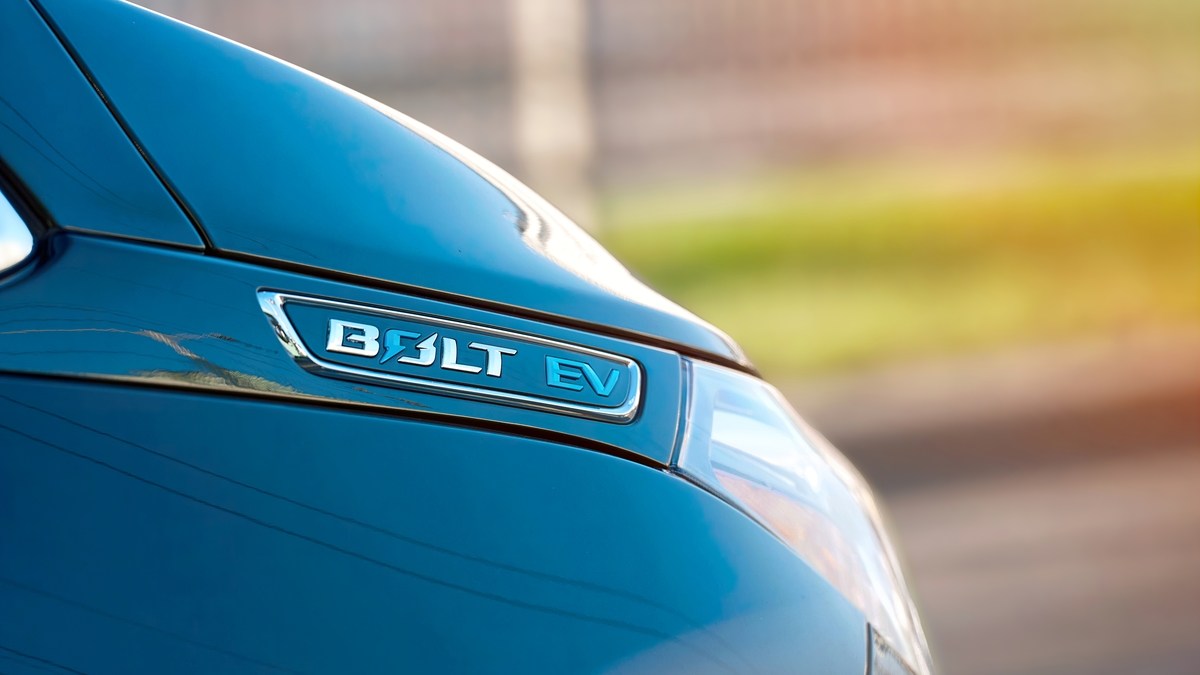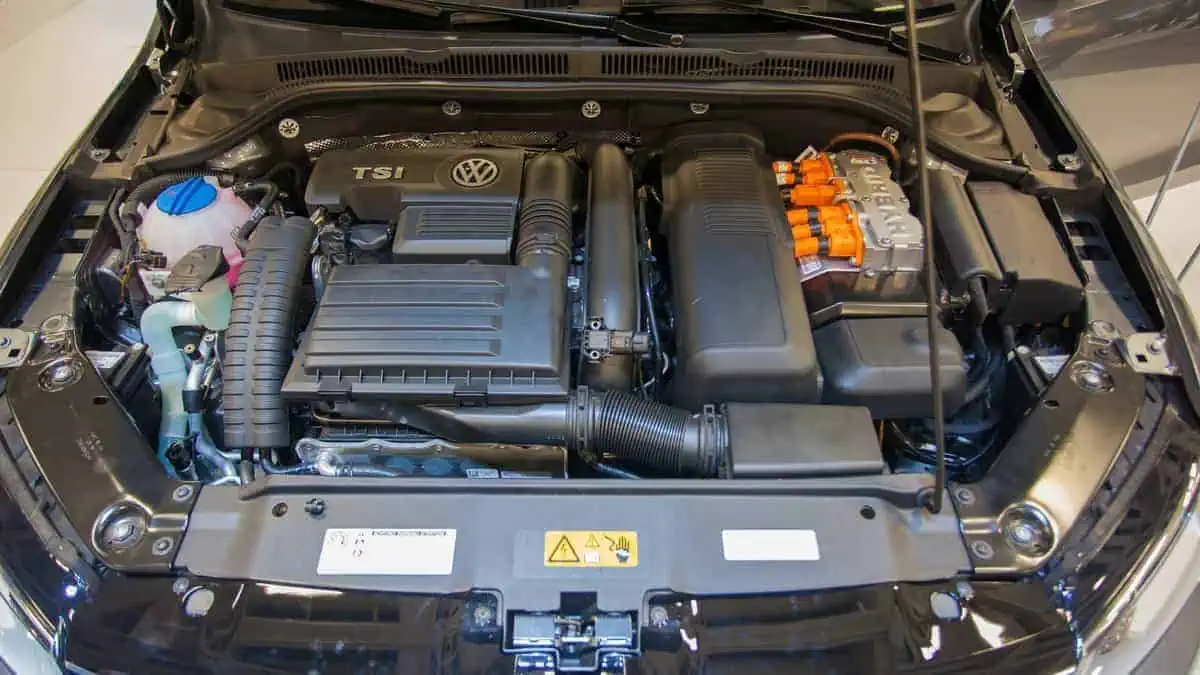California continues to lead the United States‘ shift to electric vehicles. According to the data from the Department of Energy’s Vehicle Technologies Office, four counties in the Golden State managed to surpass the 30% threshold for electric vehicle penetration as of December 2022.
Leading counties in EV uptake
Santa Clara County ranked first, with an unprecedented penetration rate of 35%. Marin County followed it with a 34% penetration rate.
Meanwhile, Alameda and San Mateo counties reported a similar rate of 32%.
Beyond California, Boulder County, Colorado, and San Juan County, Washington also enjoyed strong electric vehicle sales in the same period, with each having a 22% penetration rate.
Additionally, 100 counties reportedly recorded at least a 10% penetration rate as of the end of 2022.
It is worth noting that this registration data utilized as a “proxy” for sales involves both light-duty all-electric and plug-in hybrid electric vehicles.
NEV penetration rate – H1 2023
Six months later, California’s EV industry remained unstoppable. According to Auto Week, the state’s zero-emission vehicle penetration rate has already hit 24.3% in H1 2023.
For context, California considers battery electric (BEV), particularly fuel-cell (FCEV) and plug-in hybrid vehicles (PHEV) with a minimum of 50-mile all-electric range as NEV.
Remarkably, the counties of Alameda, San Francisco, and Santa Clara already reached a penetration rate of 40% in the second quarter of the year.
See Also:
- Tesla continues to dominate California’s auto industry
- California withdraws EV rebates to focus on low-income customers
- VW previews plug-in hybrid California concept camper
- California reports record volume in electric vehicle sales
- Tesla looking for $100M in government funding to develop semi-charging route from Texas to California
The Californian Government aims to have ZEV models account for 100% of its new passenger vehicle sales by 2035. The EV industry’s continued growth demonstrates the state’s potential to actually hit its target. Notably, this significant progress in the state’s push for clean energy vehicles is largely due to the government’s supportive policies and incentives to accelerate the shift.






